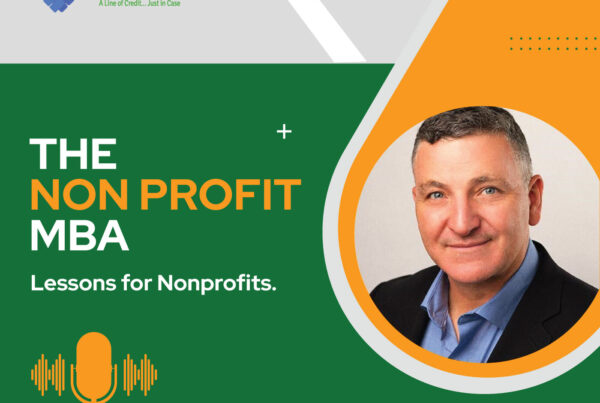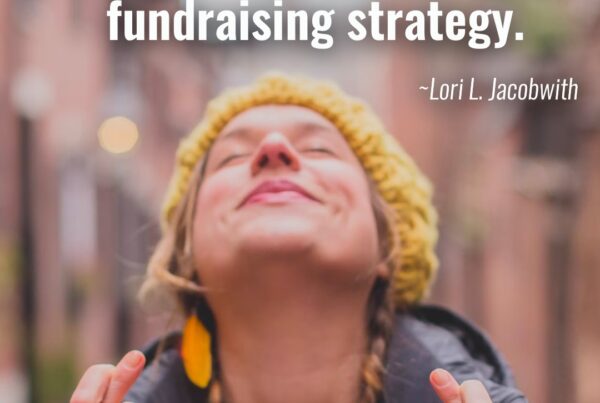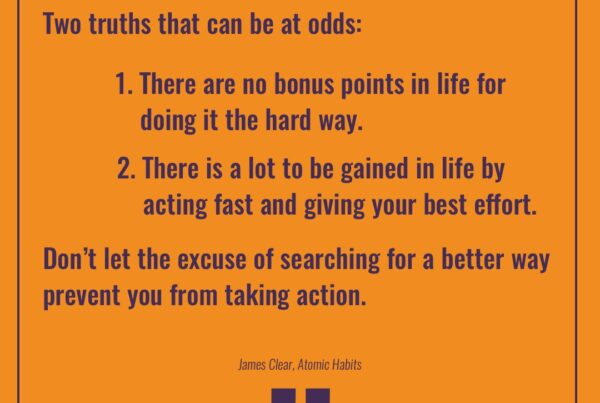Next week I’m honored that my monthly webinar will be a conversation with Melissa S. Brown, former editor of Giving USA and well known national speaker. Today’s post is some of Melissa’s point of view on generational giving. To join us for the webinar simply become a member of my online fundraising community.
In 20 years, today’s top donors – the Baby Boomers – will be outnumbered by Generation X (1964-1981). The so-called “slacker” generation has too often been wrongly accused of a lackadaisical attitude toward social norms. In fact, Gen X is full of entrepreneurs who often care passionately about investing in the future of their communities. Following Gen X is Gen Y (also called Gen Next or the Millennial generation), which is gaining attention as a cohort particularly motivated by a sense of mission and purpose.
 What does this mean for your nonprofit? How can you reach these two very different cohorts, one motivated by individualism and a pragmatic desire for impact and the other motivated by teamwork and a willingness to go to extreme lengths to achieve a goal?
What does this mean for your nonprofit? How can you reach these two very different cohorts, one motivated by individualism and a pragmatic desire for impact and the other motivated by teamwork and a willingness to go to extreme lengths to achieve a goal?
To answer these and other questions, researchers have examined how generation and age effect giving. These two separate effects occur at the same time. People of all generations give more as they make more friends and hear more stories about needs and opportunities around them. People also give more as they earn more, so that those in their peak earning years (roughly age 45 to 65) give the most.
Yet there is also a purely generational effect, separate from age. People of different generations give to charity differently. For example, scholars Mark Wilhelm, Patrick Rooney, and Gene Tempel found in a 1973 study that today’s Boomers give less to religion than the two preceding generations.
Because religious giving is associated with giving to secular causes, lower Boomer religious giving suggests lower secular giving. However, researchers Jim Ferris and Eleanor Brown found that belonging to social groups ‘counteracts’ lower religious participation and seems to help people form connections in ways that that inspire charitable giving.
So what is happening with Gen X and the Millennials?

People in these generations do give and volunteer. However, unlike measures of “donor loyalty” that track giving to a specific organization, for many people in these generations, loyalty is to a project’s impact on people’s lives. They will shift their allegiance based on whether or not the desired change occurs. This focus on results instead of on organizational structure means that Gen X and Gen Y prioritize activities by businesses or even governmental units, rather than looking only to charities.
Before giving or volunteering, a member of Gen X particularly, but also Gen Y, is going to research (usually online and through peer networks) to find groups that will help bring about a specific result. People in these generations typically want to support entities that cut the red tape, work with other groups that can help solve a problem, and disclose clearly how resources are used.
In their insistence on results, Gen X and Gen Y are demanding that organizations remake themselves to incorporate new leadership, model best practices, and demonstrate achievements. For nonprofits, building a stronger future with people in these generations means more than using technology to fundraise; it means adopting a systemic view of how people’s lives can be improved and changed through the good work of nonprofits, companies, and governments. And of how individuals can partner to be part of that change.
About Melissa S. Brown: Melissa began working in the nonprofit sector in 1989 at the Folger Shakespeare Library. She has worked for the Homeless Initiative Program, Indiana University, and the national office of the Arthritis Foundation. She teaches successful proposal writing for The Fund Raising School. Her volunteer roles have included Big Sisters of Central Indiana and the International School of Indiana. She holds a B.A. in political science from Reed College and a Master’s degree in governmental administration from the University of Pennsylvania. You can learn more about Melissa and her work on her website and follow her on Twitter @NPOWriter







Definitely an interesting discussion, especially when you take at look at how much the different generations are spending when it comes to donations.
Currently, the decrease in size of the donation for the elderly is due to the fact that the elderly often give small amounts to just about every piece of mail that arrives at their door. Additionally, they get address labels etc…and are more likely to respond to premiums but with smaller amounts. Heck, half of them are loaded down with cash, but $10 is still a lot of money to them.
The other thought of note is that the younger generation is still of the mind that they will be earning a lot more money over their lifetime. As people get older, they start thinking about how to live without a job. Remember, we are talking about the masses here, not necessarily the major gift prospect who is rolling in dough. So they start thinking about how they are living on a fixed income….regardless of how large it may be.
I’ve found this to be true as well among my peers and through my work. Those in the X generation (and from what I’ve seen Millennials too) do seem to be much more connected with causes. The organization, while a vehicle to accomplish change, is not as relevant.
A couple of weeks ago I sat through a presentation about generational topics and one of the issues they tapped on was that Millennials were raised by Boomers, and so therefore seem to adapting some worldviews of their Boomer parents. It will be really interesting to see how that plays out.
Thank you both, Kristen & Clare, for your thoughtful posts. It’s certainly a topic that can generate good discussion!
Lori, thanks for hosting this guest post. Perhaps a sloppy summary, but it sounds like organizations are going to need to change so they can relate to Gen X and Y the way those generations want to have relationships. What organizations learned about how to engage donors from past generations doesn’t apply. Smart organizations are already making those changes.
Thanks for the read and the summary, Sherry. Yes, we learned from Melissa’s presentation and this post that organizations that treat each generation differently WILL be able to stay connected to those donors/supporters over the long haul.